The analysis of user behavior on your website is crucial for increasing the success of your online presence. Google Analytics is a powerful tool that helps you gather valuable information about your visitors and their interactions with your site. In this guide, I will show you how to easily integrate Google Analytics and effectively use it to evaluate user behavior.
Key Insights
- Google Analytics provides valuable insights into user behavior.
- User statistics can potentially affect search engine rankings.
- Proper setup is crucial to work in compliance with data protection regulations.
Step-by-Step Guide to Integrating Google Analytics
Step 1: Access Google Analytics
First, you need to access Google Analytics. Simply go to the Google Analytics website. You can do this by typing "Google Analytics" into your search engine or by visiting the URL analytics.google.com directly.
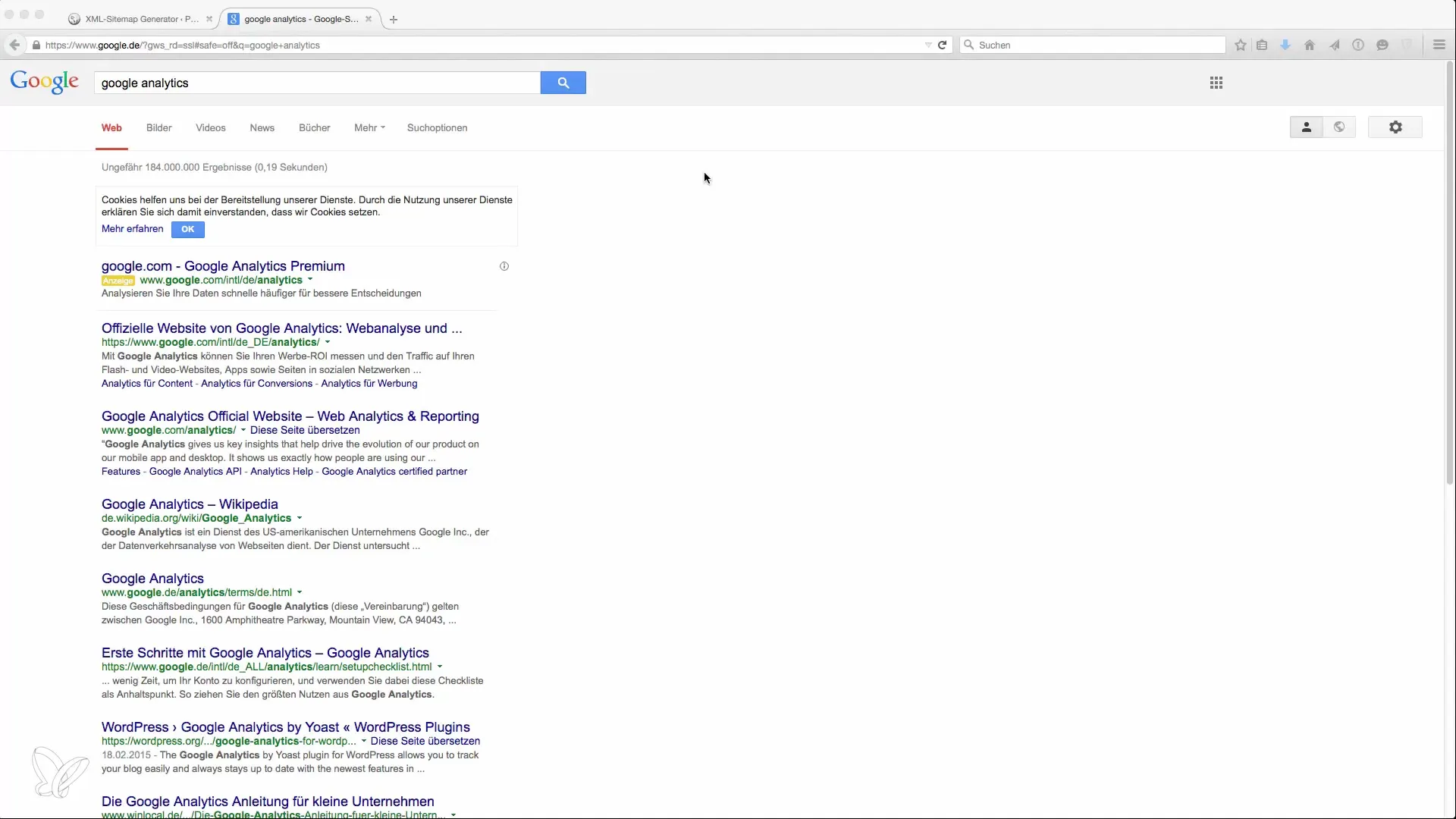
Step 2: Create an Account
If you do not already have a Google Analytics account, you will need to create a new account. Click on "Create Account" and sign in with your Google account. It is important to select a blank account to start the setup.
Step 3: Add a New Website
After signing in, you will be prompted to create a new website. You can manage multiple websites under one Google Analytics account, up to 500 sites are possible. In this step, enter your website's domain to correctly identify it.
Step 4: Select Industry and Time Zone
After adding the website, select the appropriate industry. This can impact some of the statistics, so choose wisely. You will also need to set the time zone for your reports to display the statistics correctly.
Step 5: Observe Data Protection Regulations
It is also important to observe data protection regulations. In Germany, there are specific regulations you must comply with. For example, the IP address of users should be anonymized. You will need to add a specific line to your Analytics code for this. I recommend researching the exact procedure separately.
Step 6: Retrieve Tracking ID
Once all necessary information has been provided, you can now retrieve the tracking ID. You must agree to the terms in order to proceed. After a short waiting period, you will receive the tracking ID you need for your website.
Step 7: Copy Tracking Code
After retrieving the tracking ID, you will be in the management interface. Copy the provided tracking code, as you will need to insert it into the HTML of your website.
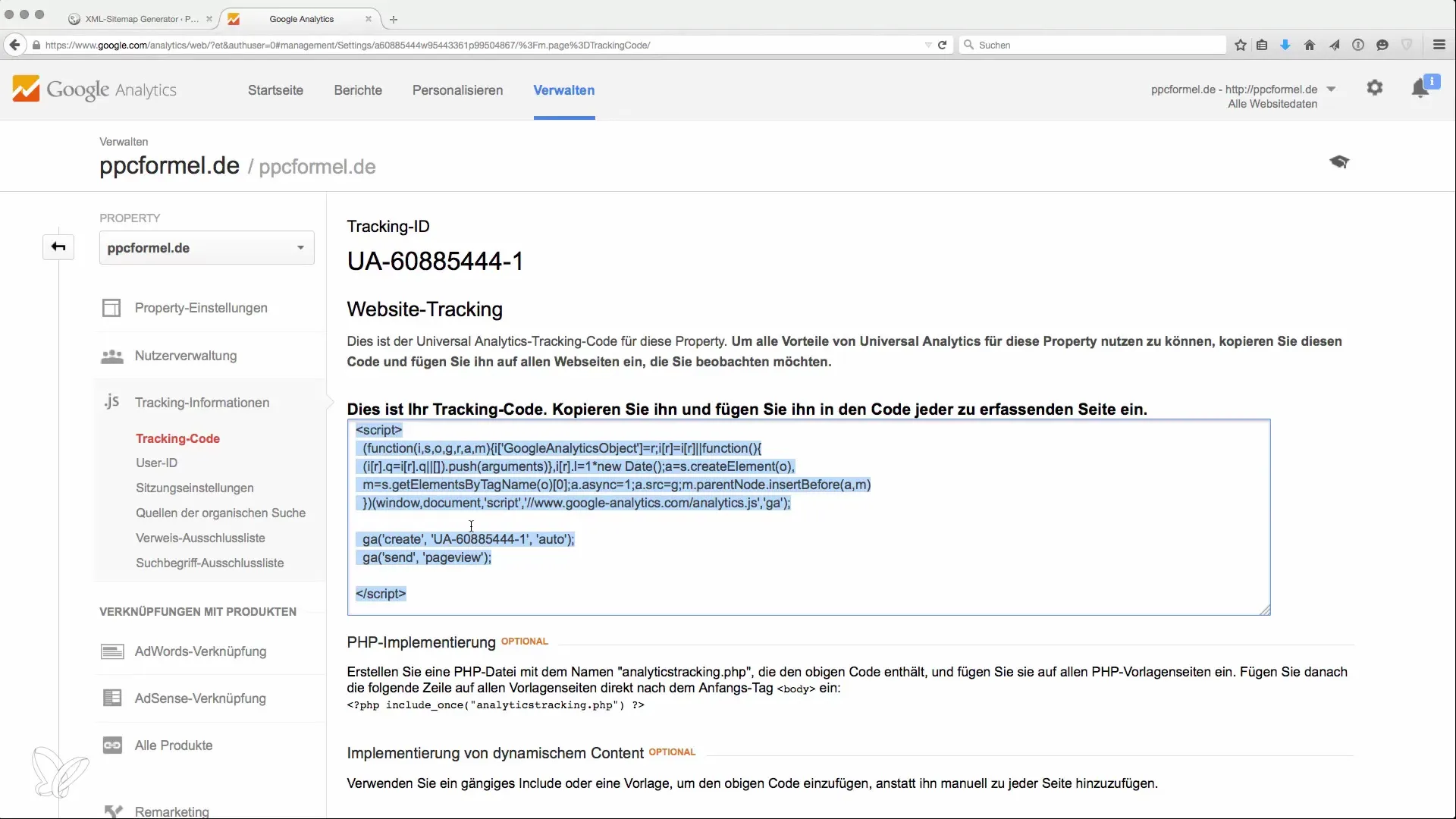
Step 8: Integration into the Website
Now you need to insert the copied tracking code into your website header. If you are using a content management system like WordPress, you can do this under the settings for the theme or through a plugin that makes the integration of Google Analytics easy.
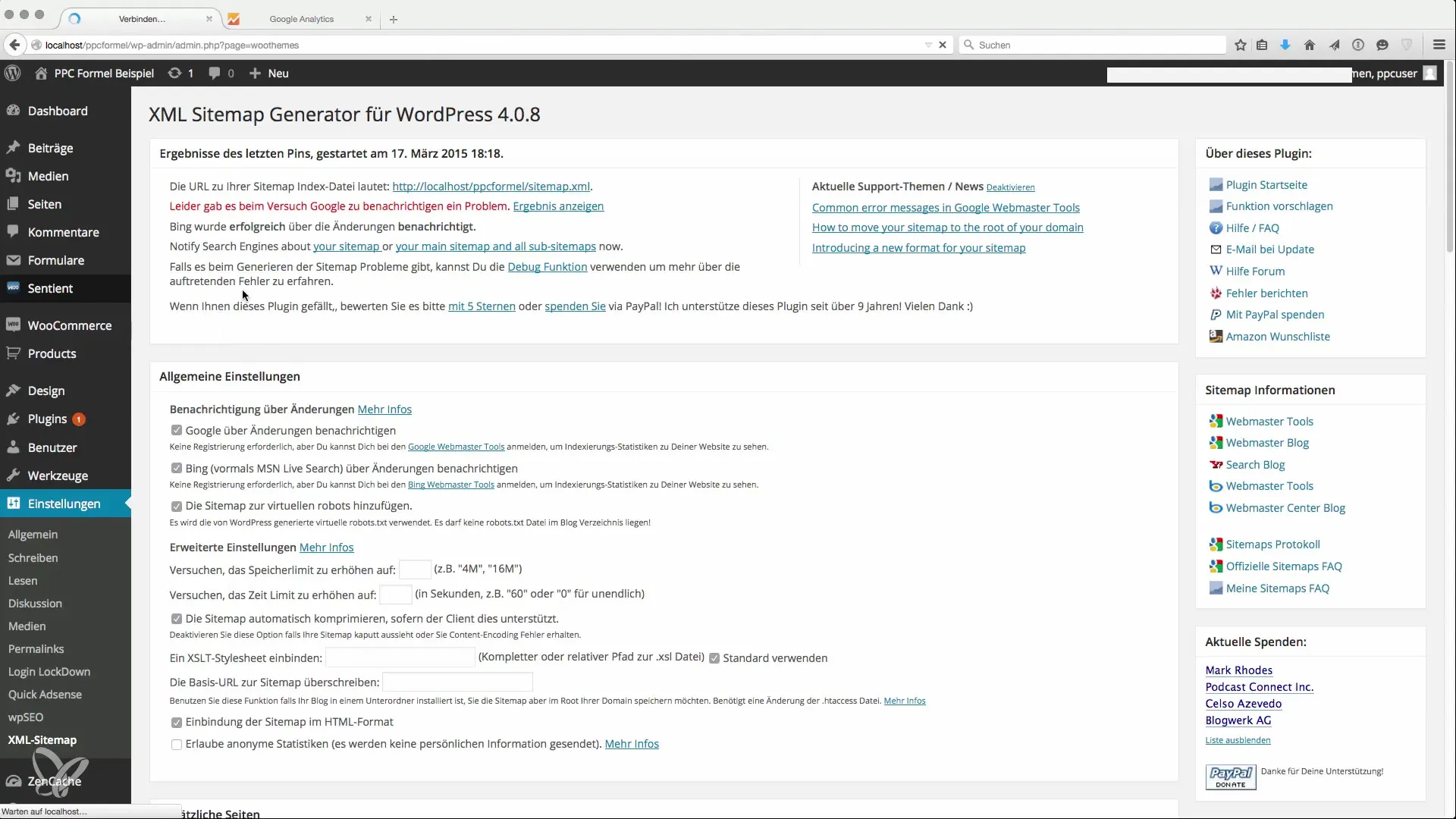
Step 9: Verify Integration
Now check whether the integration has been successfully completed. You can do this by navigating to the real-time reports in Google Analytics. Here you can see if visitors are accessing your site.
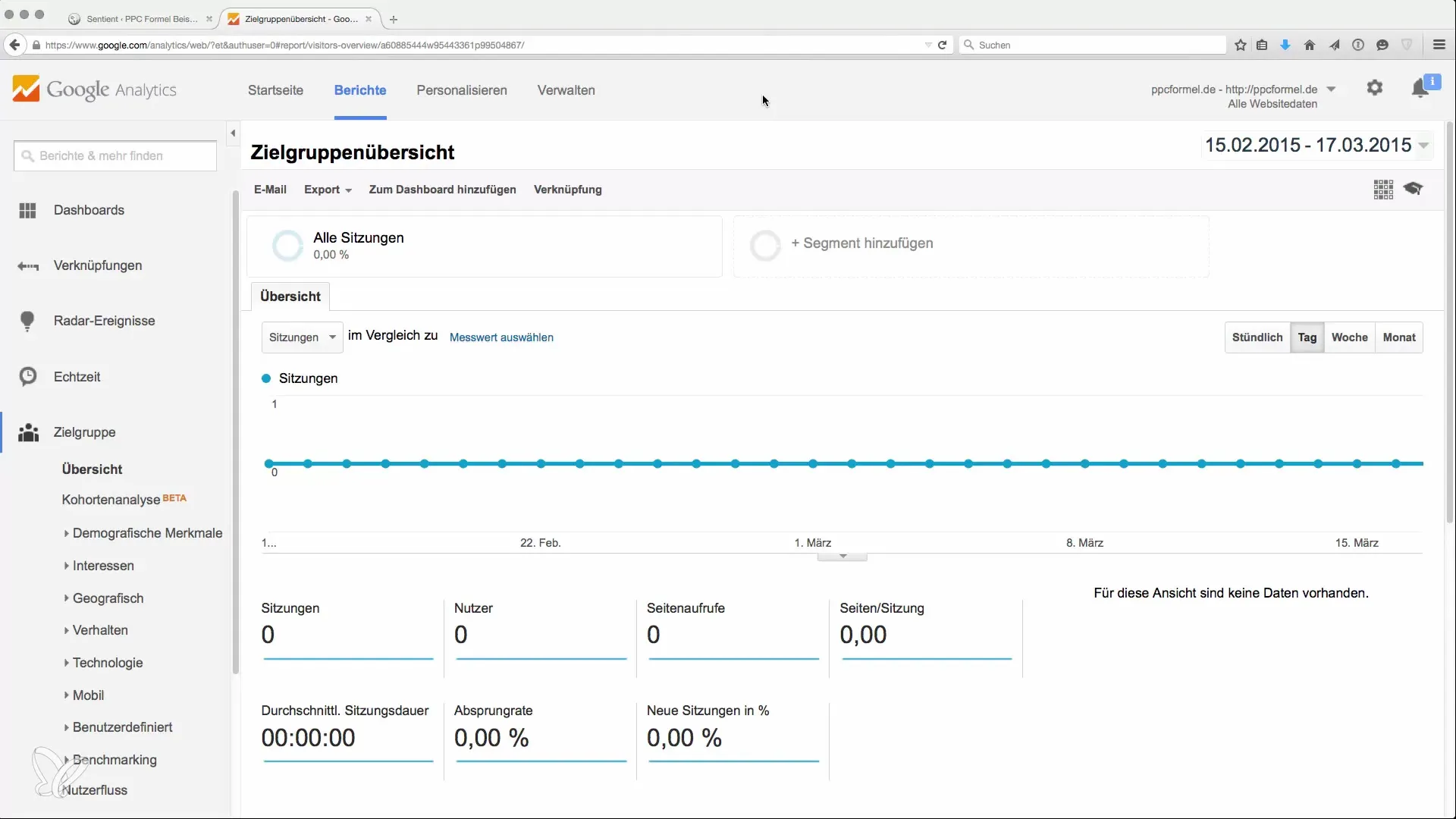
Step 10: Analyze Reports
Now that Google Analytics is correctly integrated, you can familiarize yourself with the various reports. The reports give you information on real-time accesses, acquisition, behavior, and more. Use this data to continuously optimize your website.
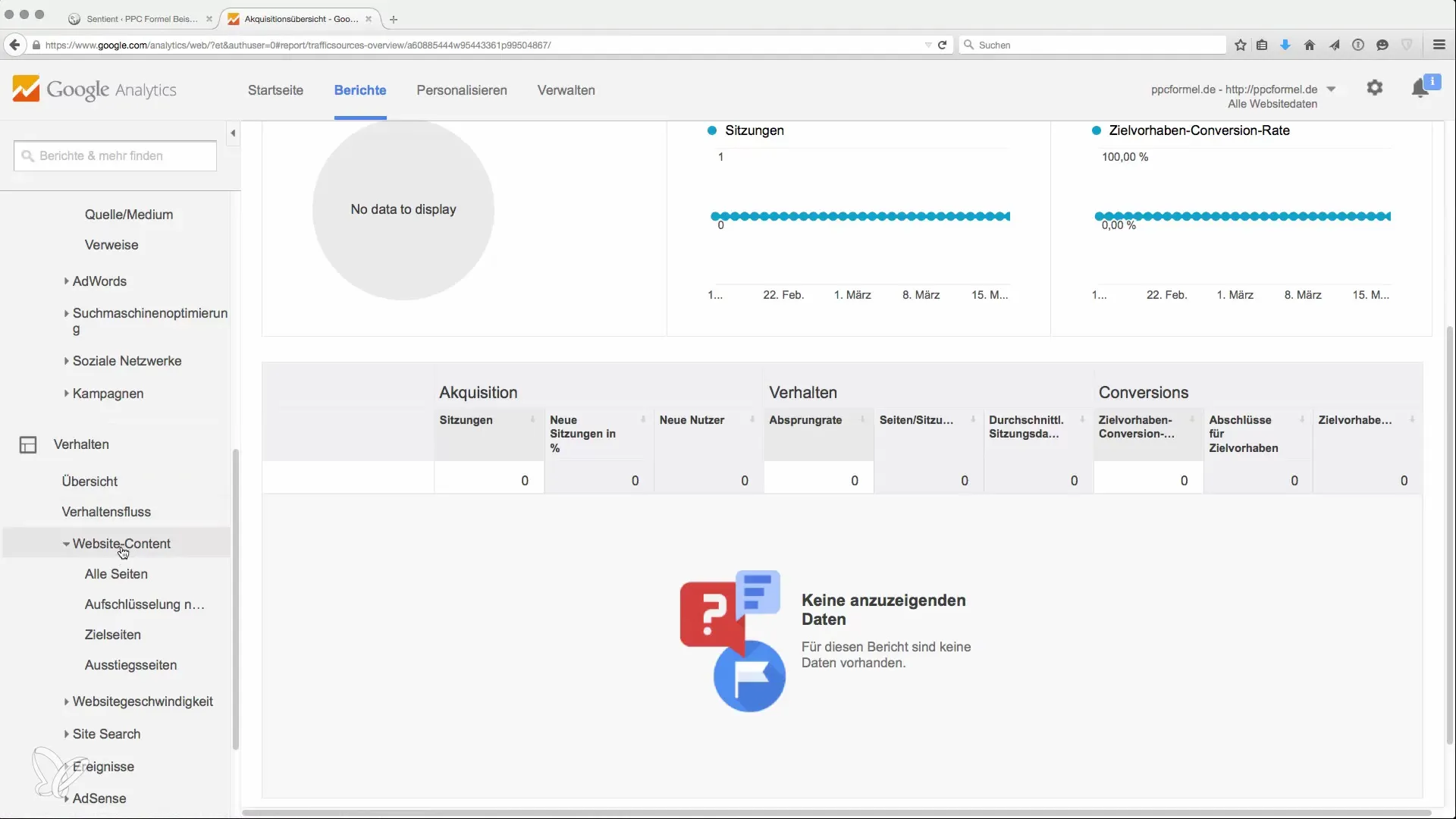
Summary – Using Google Analytics Effectively
Google Analytics is an essential tool for analyzing user behavior on your website. By setting it up correctly, you collect valuable data that helps you optimize your strategy and improve the user experience.
Frequently Asked Questions
How do I create a Google Analytics account?You need to access the Google Analytics website and click on "Create Account" to set up a new account.
How do I anonymize IP addresses in Google Analytics?You should add a special line to your tracking code that anonymizes the IP address. Research the exact steps for this.
What can I do with the data in Google Analytics?You can use the data to analyze user behavior, optimize marketing strategies, and improve your content performance.
How many websites can I manage with one Google Analytics account?You can manage up to 500 websites with one Google Analytics account.
Where can I find real-time data in Google Analytics?You can find real-time data in the Google Analytics dashboard under the "Real-Time" section.


